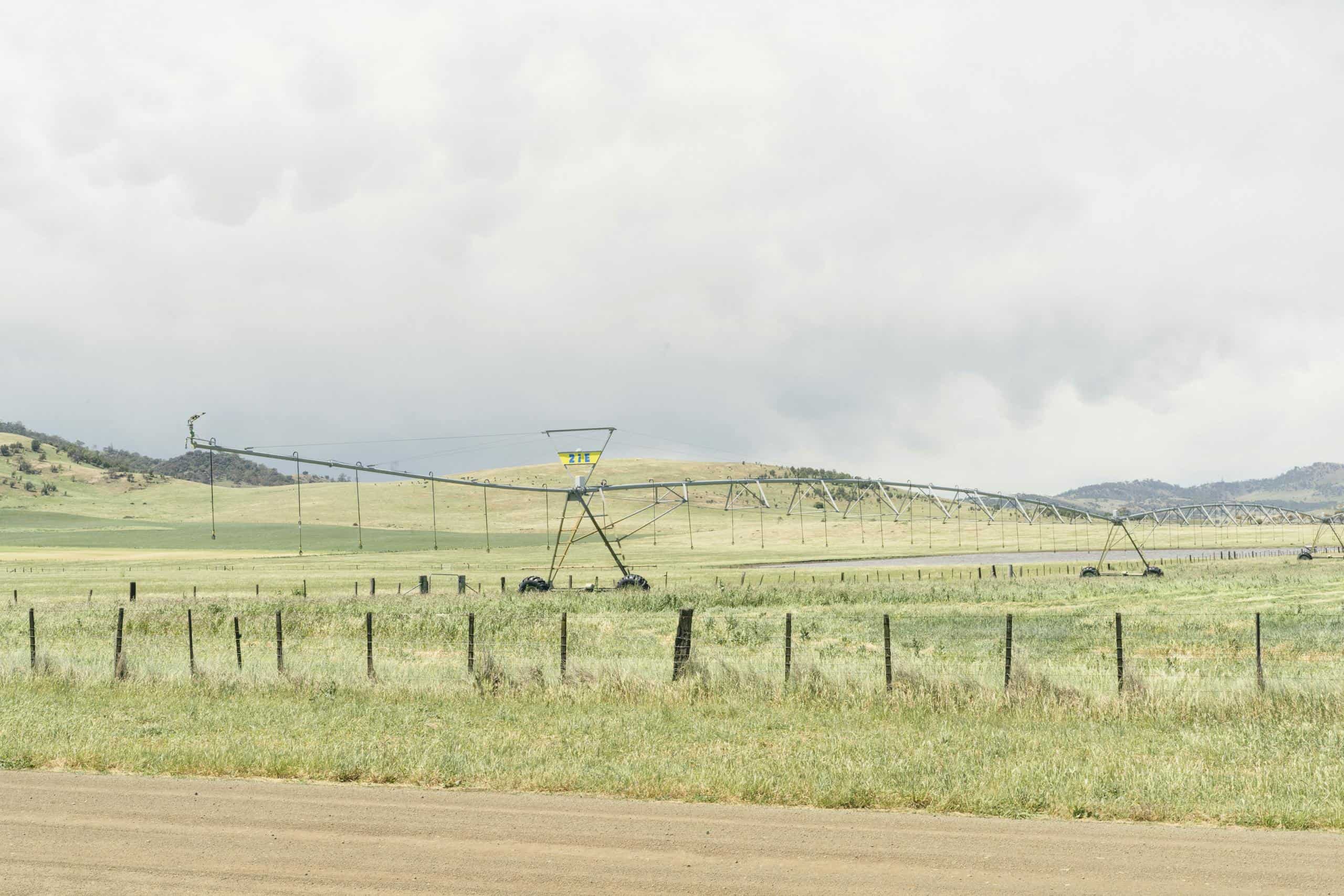
Optimising capital project delivery in the water industry
The water industry is entering the largest phase of new asset construction in the last 100 years, and it is doing so at a time when water demand has never been higher.
This pressing challenge represents a golden opportunity for a better way of doing things, with technology at the heart of it all. There won’t be another chance to get this right.
The role of better data management, digital engineering and AI
The water industry can dramatically enhance the delivery of capital projects by leveraging better data management, digital engineering, and AI tools across their lifecycle. By adopting these practices, water utilities can improve efficiency, reduce risks, and optimise project timelines and costs, leading to better customer and shareholder outcomes. Below are key areas where these technologies can transform capital project delivery.
1. Enhanced Data Management for lifecycle value
Effective data management ensures that critical information flows seamlessly through project stages, from planning and design to operations and maintenance. Lifecycle Asset Information Management enables a single source of truth that connects design, construction, and operations data. By developing a comprehensive data model between the EPC and owner/operators, utilities can enhance interoperability across various teams and stakeholders, reducing delays, errors, and rework.
This approach supports structured data handovers and preserves the context of information, which helps utilities avoid costly mismatches in project data, as seen in other infrastructure-heavy industries, such as oil and gas.
For instance, consistent asset configuration data—capturing “As Designed,” “As Built,” and “As Maintained” states—ensures that updates made during construction and early operations are reflected accurately, preventing issues in long-term asset management. This approach has the added benefit of clarifying work completion and related milestone payments.
2. Digital engineering for improved collaboration and design efficiency
Digital engineering tools—such as 3D modelling, simulation, and visualisation—allow for precise design and planning, reducing project completion time and minimising risk. A configuration management system helps track changes and align all stakeholders, including engineering, procurement, and construction (EPC) teams. Such systems offer a “virtual plant” where stakeholders can collaborate on digital twins of infrastructure projects in real-time.
Implementing digital engineering for capital projects in the water industry can lead to substantial cost and time savings. Using 3D and 4D models to simulate different project stages allows water utilities to identify potential issues early, simulate repair work, and estimate required resources. These tools reduce construction costs and prepare the utility to react swiftly to future maintenance needs, supporting long-term operational resilience.
However, there are dangers in overinvesting in ‘digital twins’ as a significant proportion of your design and construction data will be used very rarely in operations and maintenance. By focusing on your existing maintenance and repair use cases and records, you can identify which areas will benefit from having a digital twin.
3. AI for predictive maintenance and risk management
Integrating AI into capital project management brings predictive analytics that can forewarn potential failures and suggest preventive maintenance measures. AI-driven insights can analyse trends from past projects, optimising procurement and scheduling by predicting which resources, materials, or components are likely to encounter issues.
For example, AI-enabled systems can monitor asset conditions in real time, allowing for proactive intervention before failures occur. Predictive analytics can help prioritise asset upgrades or replacements, improving lifecycle costs and ensuring water infrastructure reliability. By forecasting issues and adapting project workflows accordingly, utilities can achieve up to a 1.5% reduction in capital costs.
4. Structured information handover and operational readiness
Finally, by following a structured information handover plan, water utilities can ensure that assets transition smoothly from construction to operations. This plan integrates data management with commissioning procedures and operational protocols, ensuring that every aspect of the asset is fully documented and accessible. This approach advocates for managing end-to-end data handover, optimises operational readiness, and reduces project delays due to data inconsistencies or lost context.
Conclusion
Data management, digital engineering, and AI capabilities facilitate better collaboration, accelerate project timelines, and reduce costs, ultimately enabling water utilities to deliver resilient infrastructure projects. By establishing a cohesive, data-driven approach, water utilities can efficiently execute projects, meet regulatory standards, and be optimised for long-term value.